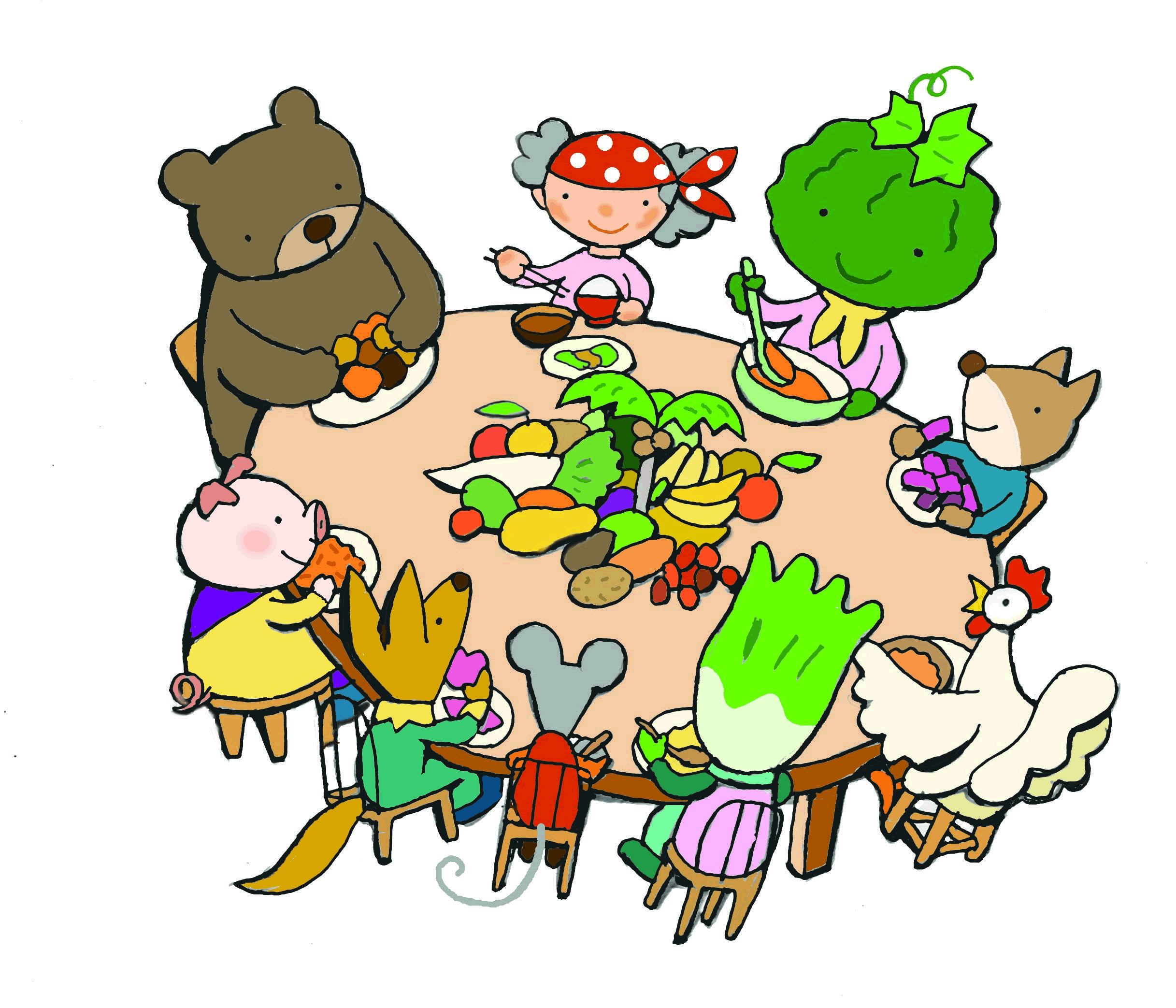Consumers Union of Japan and the No! GMO Campaign are calling on everyone across the country to work for the adoption by prefectural and municipal assemblies, of a letter of opinion calling on the Government to mandate the labelling of genome-edited foods.
Currently, genome-edited foods do not need to have any environmental impact assessment, no food safety assessment and no notification acceptance. This sorry state of affairs began in 2020. As of April 2024, six crops and fish have been notified (Tomatoes, maize, horse mackerel, puffer fish and flatfish). The Consumer Affairs Agency does not require genome-edited labelling, citing, among other reasons, that it is “not possible” to check whether the genome has been edited in the final product.
However, food labelling is an important means of guaranteeing consumers’ right to choose. As long as there are consumers who have concerns about genome-edited foods, labelling is necessary. Food businesses can also produce food products that avoid genome editing. They should be able to indicate whether such novel technologies are used or not, if labelling is available from fresh raw materials to the final food product.
Starting in 1996, some genetically modified foods were imported from the US without a labelling system. Consumer concerns and calls for labelling spread across Japan. Environmental impact assessments, food safety assessments and labelling systems were established. The power to move and change the opinion of the national government in Tokyo, and globally, at that time came from the large amount of opinion letters submitted by local councils across Japan.
Similar opinion letters calling for the labelling of genome-edited foods have already been adopted by several prefectural and city councils in the past few months. Let’s expand this growing movement and our efforts from the local level and realise mandatory genome-edited food labelling.
We map them here (in Japanese)

